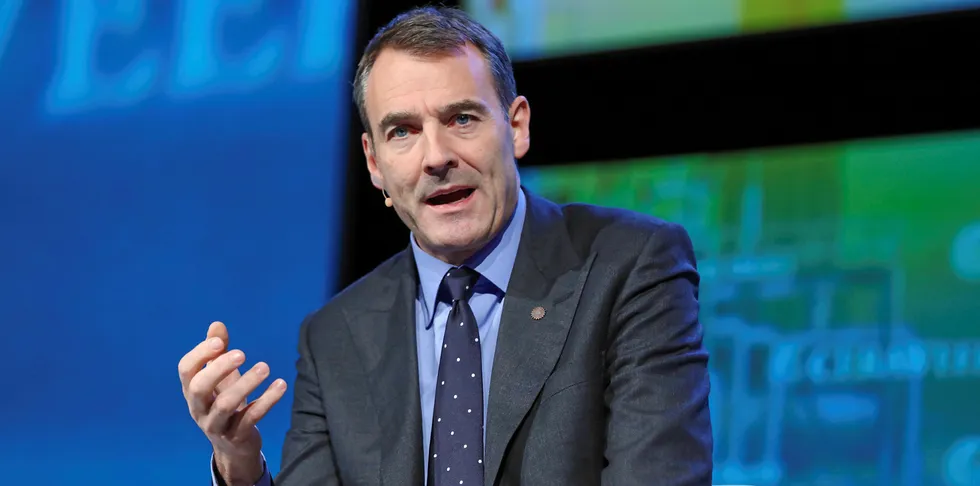BP boss: 'I get the anxiety. I get the anger. It's an uncomfortable place to be'
New chief executive Bernard Looney explains how the climate crisis has pushed the oil giant to embrace net-zero emissions by 2050

New chief executive Bernard Looney explains how the climate crisis has pushed the oil giant to embrace net-zero emissions by 2050
